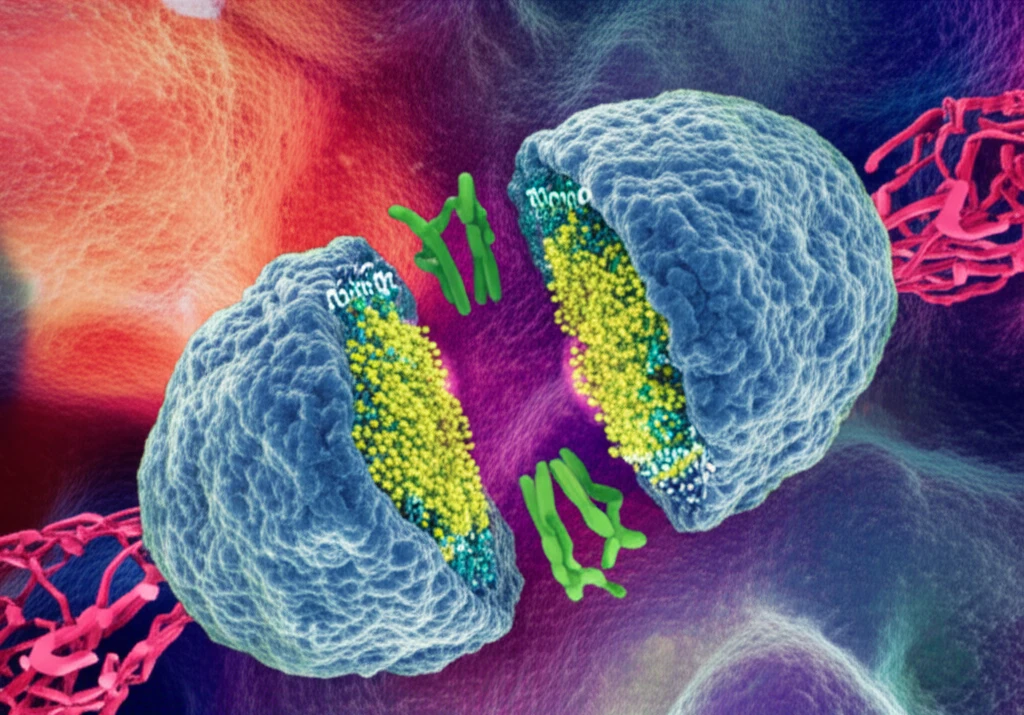
Decoding Ribosomes: How a Key Protein Helps Build Cellular Factories
"New research illuminates the crucial role of RimP in ribosome assembly, offering potential targets for fighting tuberculosis and other bacterial infections."
Ribosomes are the cell's protein factories, essential for life. Building these complex structures is a demanding task, requiring a host of helper molecules. One such helper, Ribosomal maturation factor P (RimP), is vital for ribosome assembly in bacteria. Understanding how RimP works is crucial, especially as it could provide new ways to combat bacterial infections.
A new study focuses on RimP, seeking to understand its structure and function in Mycobacterium smegmatis, a close relative of Mycobacterium tuberculosis, the bacterium that causes TB. Because TB is a major global health threat, understanding bacterial mechanisms is vital for creating new treatments.
This article breaks down the research, explaining how scientists have revealed RimP's structure and how it interacts with other components to facilitate ribosome assembly. This knowledge opens doors for developing drugs that specifically target RimP, potentially disrupting ribosome production and halting bacterial growth.
RimP's Structure: A Bridge Between Ribosome Components

The research team successfully determined the crystal structure of RimP from Mycobacterium smegmatis (MSMEG_2624). This revealed that RimP has two distinct domains connected by a flexible linker region. While the individual domains resemble a previously known structure, the way they are arranged and interact with each other was a novel finding.
- RimP has two domains connected by a linker.
- The linker region is crucial for binding to ribosomal protein S12 (RpsL).
- Neither domain alone can strongly interact with RpsL; the entire RimP structure is needed.
- Specific residues within the linker are essential for RpsL binding.
A New Target for Fighting Bacterial Infections
This study provides a significant step forward in understanding how ribosomes are assembled in bacteria. By revealing the structure of RimP and its interaction with RpsL, the research highlights a potential target for new antibacterial drugs.
Because RimP is highly conserved in bacteria and absent in mammals, it represents an ideal target. Drugs that disrupt RimP's function could selectively inhibit bacterial ribosome production without harming human cells. This approach is particularly promising for combating drug-resistant bacteria like Mycobacterium tuberculosis.
The crystal structure of MSMEG_2624 now provides a template for designing drugs that specifically bind to and disrupt RimP's function. Further research in this area could lead to the development of novel therapies for tuberculosis and other challenging bacterial infections, contributing to the fight against antimicrobial resistance.
